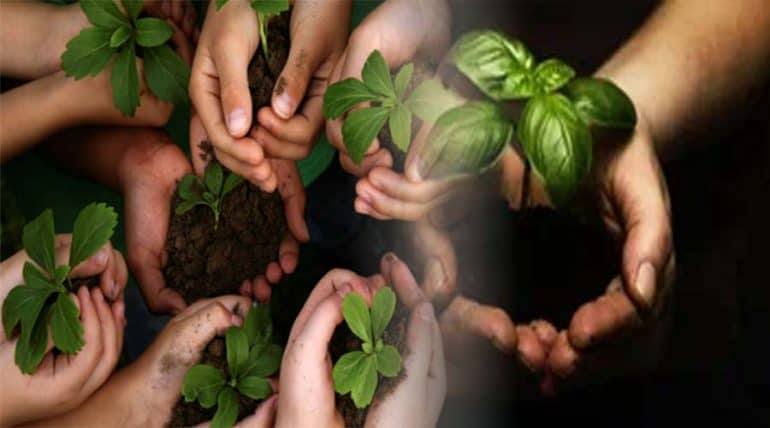What Is ReWorld? Join the recovery of a tropical dry forest in Colombia with ReWorld. The largest tropical dry forest is in Colombia, and also one of the most threatened forests in the world. But together with ReWorld we can save it! Donate a tree and contribute to the ecological restoration of this tropical dry forest.
Donating is protecting the environment, and your donation makes a difference.
With your effort and ReWorld donation, you can positively impact the restoration and protection of natural resources and the conservation of flora and fauna of the tropical dry forest.
What Is ReWorld
With ReWorld, you can help us to recover and protect the biodiversity of the tropical dry forest. You can register your tree or a part of the forest in your name or the name of a loved one, and when it is planted, you will receive a donation certificate with the location’s coordinates and a photograph.
About the tropical dry forest in Colombia
It is estimated that dry forests have more than 6000 trees, but very few species are shared between the different regions that have them. This is why it is imperative to restore and maintain those that remain, as stated by ReWorld. In global warming scenarios, conserving these unique species of dry forest in the tropics, adapted to high temperatures and long periods of drought, should be considered a global priority.
The emerged territory of Colombia, whose extension is 1’141.748km2 of a continental area, is located in the northwestern corner of South America, between latitudes 4 13′ 30″ South and 12º 27′ 47″ North. And although it is between the fringes of equatorial and tropical, most of the country belongs to the northern hemisphere; In addition, it has some 55 km2 of oceanic island territories in the Caribbean Sea.
In Colombia, there are six natural regions: the Amazon, the Pacific region, the Orinoquia, the Caribbean, the Andean, and the Oceanic Islands; In most of these —Orinoquia, Caribbean, Insular Oceanica, and the middle and lower parts of the two great inter-Andean valleys—, the tropical alternohygric or tropical zonobiome occurs with summer rains and a marked hydric seasonality. The Andean mountain range and other mountainous massifs allow the existence of various thermal floors that, despite being altered by the rainfall regime, temperatures, and winds in many areas, climatic and soil requirements for developing tropical dry forests are given to a considerable extent. However, the vegetal formation of tropical dry forest, sensu stricto, is absent in the Orinoquia, where herbaceous savannahs and isolated forest formations called gallery forests or bushlands predominate. Although these may contain floristic elements from dry forests, they are small and do not behave as such since the loss of foliage from the vegetation does not occur synchronously.
Let’s stand and build up with ReWorld
In Colombia, the coverage of tropical dry forests has been rapidly lost. If it is assumed that in colonial times it was close to what would naturally exist and be maintained, its full extension must have been around 80,000 km2, slightly more than 7.3% of the national territory. The fauna of medium and large sizes is scarce. However, it is still possible to observe, in the best preserved, some anteaters, deer, squirrels and armadillos, and, more sporadically, ocelots and foxes. It is expected that the recovery of the forests in El Agrado Huila will contribute to preserving the forest and facilitating the recovery of the fauna that inhabits them.
How to get it?
To get to the Dry Forest being restored, you must do it on the Garzon – El Agrado road in the department of Huila, 9 km from Garzon. You can use the map to get directions on how to get to the forest.
Join the ReWorld campaign and give life to the forest!

